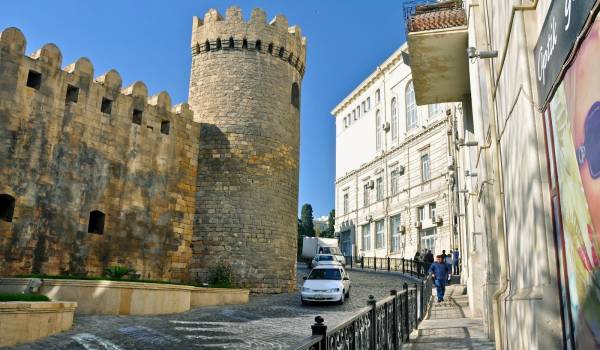
History of Baku
Shamakhi has been the capital of the Shirvanshahs state for many centuries. According to Persian sources, it was built in the 6th century by Sasani King I Khosrov Anushiravan.
Many ancient Arabic, Persian, Turkish, Russian, European authors gave extensive information about Shamakhi, which was written in the work of ancient Greek geographer Ptolemy, as "Samaxeya" and "Kemaxeya". Archaeological excavations in the territory of modern Shamakhi have confirmed the existence of Shamakhi city in the VIII-XI centuries.
Gulustan castle was rising on the top of a steep mountain to the north-west of Shamakhi. It was one of the most inaccessible and magnificent fortresses of Shirvan defending Shamakhi in the 12th and 13th centuries. Shamakhi was the capital of the Shamakhi province of the Russian Empire before the devastating earthquake in 1859 that had led the capital to be moved to Baku. One of the most affected areas of Azerbaijan from Armenian violence in March-April 1918 was Shamakhi city and its villages, which was marked in history as the March genocide (Shamakhi genocide).
The main historical monument of the city is Gulustan castle (XI-XII centuries), the last residence of Shirvanshahs built to protect the city's borders.
It was built in the VIII-IX centuries. This magnificent architectural monument, which is located on a 200-meter-high rocky mountain in the northwest of Shamakhi, has been one of the main pillars of the Shirvanshahs state for nine centuries. The building suffered serious damage not only from wars but also from earthquakes, only ruins have survived to this day.
Burial of Shamakhi rulers -Yeddi Gumbez Mausoleum, The second oldest Juma mosque in the Caucasus, built-in 743 (X century, reconstructed in the XIX century), the mausoleum of Diri Baba (1402), the Shahdandag tomb is interesting historical monuments.